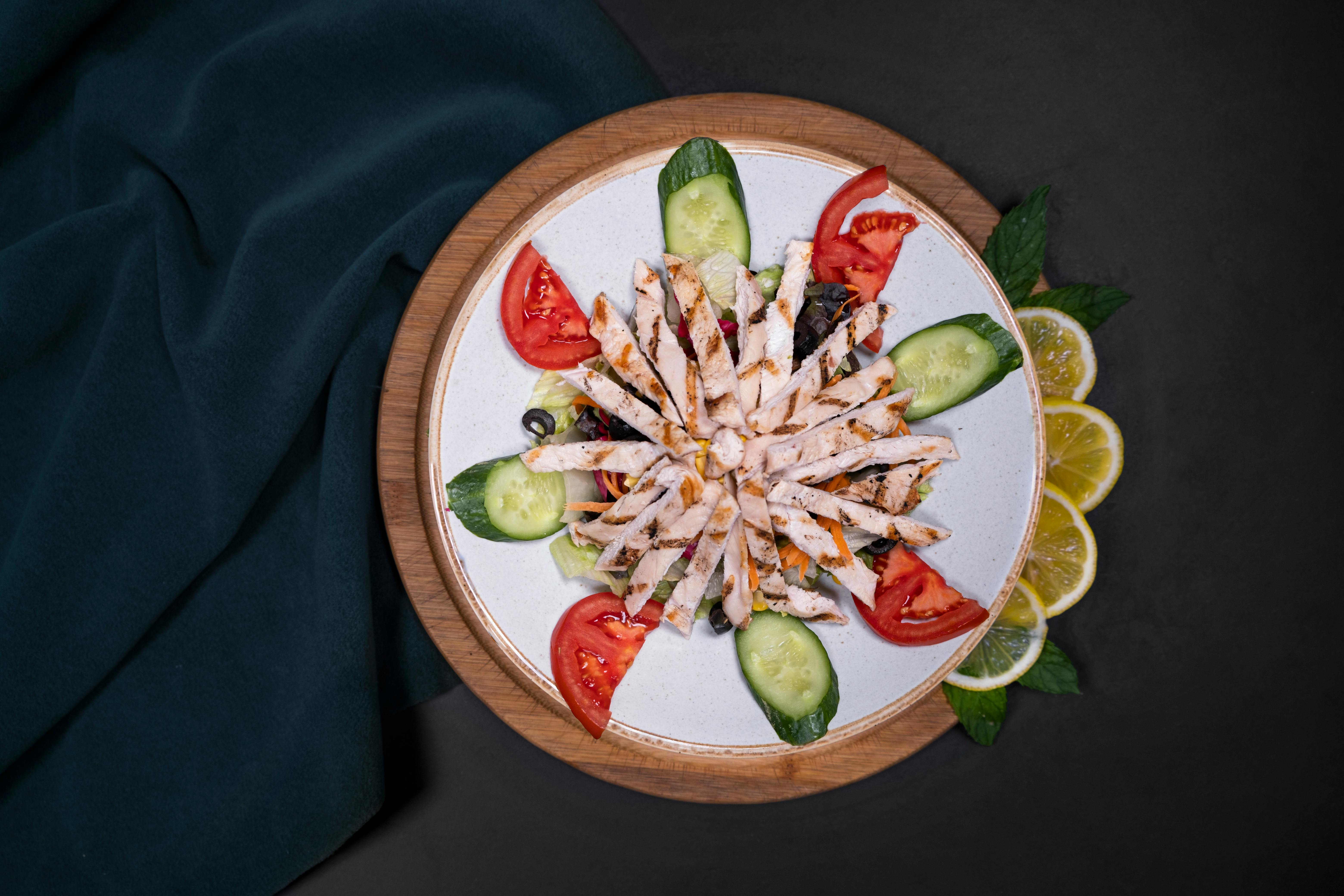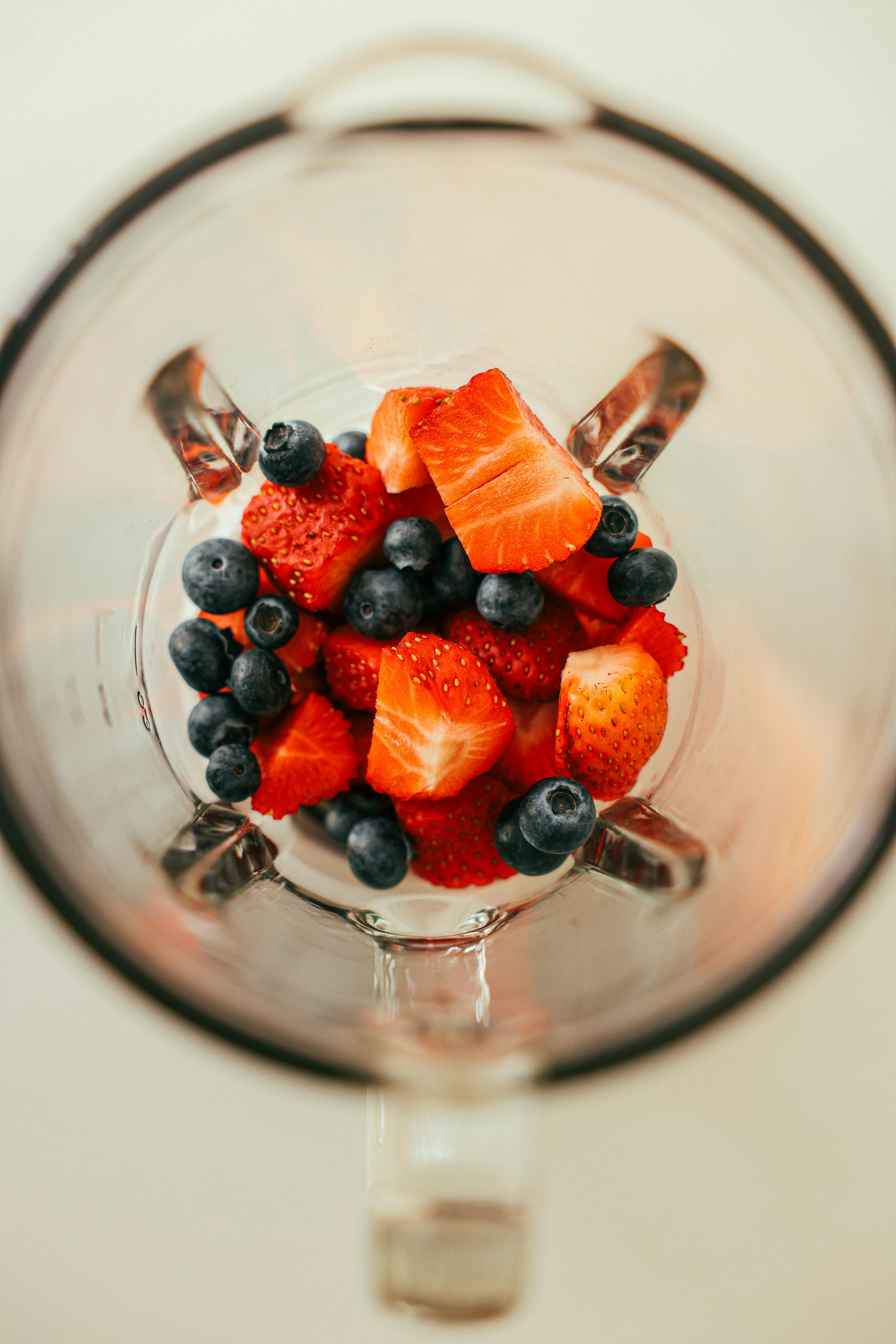
Effective Ways to Optimize Your 1000 Calorie Diet in 2025
In the pursuit of weight loss and overall wellness, the 1000 calorie diet has attracted attention for its straightforward approach to calorie restriction. With its focus on low-calorie meal plans, a balanced diet can aid in achieving significant health milestones. This diet can seem daunting, yet when effectively optimized, it offers an opportunity for sustainable weight loss while maintaining nutritional balance.
In this article, we will delve into various strategies for improving your 1000 calorie diet. We'll explore healthy meal ideas, portion control methods, meal prepping techniques, and mindful eating practices that can enhance your dietary habits. Additionally, we’ll cover practical tips such as grocery shopping, meal planning, and cooking techniques that can make your journey easier and more enjoyable.
Overall, our key takeaways will spotlight the importance of food variety, the significance of hydration, and how to maintain motivation while adhering to a restrictive diet. Let's embark on this journey toward healthy eating habits and successful weight management.
Essential Principles for a Balanced 1000 Calorie Diet
Employing a 1000 calorie diet necessitates a solid understanding of nutritional balance. To foster effective weight management, you must prioritize both the quality and quantity of food consumed, ensuring that every calorie contributes extraordinarily to your health.
Understanding Caloric Intake Needs
Before following a weight loss diet like the 1000 calorie diet, it's crucial to assess your individual caloric intake needs. Factors such as age, sex, weight, and activity level significantly influence your daily caloric requirements. Utilizing a calorie calculator can help you understand how to create an effective calorie deficit.
Building Balanced Meals
When planning low-calorie meal plans, focus on incorporating a variety of nutrient-dense foods. A standard meal might consist of lean proteins, fresh vegetables, and healthy fats. For instance, options like grilled chicken with steamed broccoli and a drizzle of olive oil provide essential nutrients while staying within calorie limits.
Portion Control Techniques
Portion control is a pivotal aspect of succeeding in a 1000 calorie diet. Utilizing measuring cups, food scales, and smaller plateware can help you practice portioning your meals while ensuring you do not exceed your caloric target. Understanding proper serving sizes of different food groups will support your weight loss goals tremendously.
Exploring Low-Calorie Foods
Integrating low-calorie foods into your diet is essential for satisfaction. Foods like leafy greens, cruciferous vegetables, and lean meats are excellent choices that can help you feel full without surpassing your caloric goals. Discovering and preparing these ingredients can also enhance your culinary experience.
Creating a Meal Prep Strategy
Meal prepping is a game-changer when it comes to adhering to a 1000 calorie diet. By preparing meals ahead of time, you reduce the likelihood of impulsive eating decisions. Consider dedicating a day each week to cook and portion out your meals for easy access throughout the week, ensuring you stay on track with your diet plan.
Incorporating Hydration in Your Diet
Hydration plays a critical role in weight management. Drinking adequate water not only aids in metabolism but also can help curb cravings. Aim for at least 8 cups of water a day, and consider incorporating herbal teas or calorie-free drinks into your daily routine for added variety and hydration support.
Innovative Meal Ideas under 1000 Calories
Now that we’ve covered the essential principles of your diet, let's explore some exciting 1000 calorie meal ideas that are both nutritious and satisfying. These meals will help you stay within your calorie limit and enjoy delicious options.
Breakfast Ideas for Energy and Nutrients
Breakfast is a vital meal that can set the tone for the day. Consider options such as a spinach and feta omelet paired with whole-grain toast, which can provide essential proteins while keeping calories in check. Another option might be a smoothie made with spinach, cucumber, and protein powder, offering a nutrient-packed start to your day.
Quick Healthy Lunches
Your lunch should fuel your afternoon without weighing you down. A great option is a quinoa salad with cherry tomatoes and a squeeze of lemon—a refreshing and fulfilling choice that remains low in calories. For those pressed for time, a wrap filled with turkey, avocado, and salad greens can also hit the mark.
Light Dinners to Support Weight Management
For dinner, light meals such as grilled salmon with asparagus or a vegetable stir-fry with tofu can be ideal. These dishes not only satisfy but also support your fitness goals while adhering to caloric needs. Experimenting with cooking techniques like grilling or steaming can keep your meals exciting and healthy.
Healthy Snacks to Curb Cravings
Having low-calorie snacks on hand is crucial for avoiding unwanted binge eating. Think of options like sliced cucumbers with hummus or apple slices with almond butter. These snacks provide satiety while aligning with your 1000 calorie diet principles.
Post-Workout Meal Options
A well-balanced post-workout meal can help recover from exercise while still sticking to your caloric goals. Options like a protein shake with banana and almond milk can replenish energy levels. You might also consider a small serving of Greek yogurt topped with berries, adding both protein and antioxidants back into your meal.
Practical Meal Planning and Grocery Shopping Tips
Effective meal planning and grocery shopping are key components for sticking to your 1000 calorie diet. Having a well-organized approach can simplify your cooking process and ensure you stay on track.
Smart Grocery Shopping Strategies
When grocery shopping, always make a list to avoid impulsive purchases. Focus on seasonal and fresh produce, lean proteins, and healthy fats. Reading food labels can also dramatically assist in understanding what you're consuming, supporting you in making informed choices.
Meal Timing and Frequency Considerations
Consider the timing of your meals as part of your overall plan. Eating smaller meals rather than three larger ones may help sustain energy levels and control hunger. Finding a meal timing strategy that aligns with your daily activities can improve your adherence to dietary restrictions.
Incorporating Smart Cooking Techniques
Utilizing healthy cooking techniques can elevate your meal quality while adhering to your diet plan. Methods such as grilling, steaming, and baking can preserve nutrients and required caloric intake more effectively than frying or heavy sautéing with oils.
Exploring Food Swaps for Better Nutrition
Get creative with food alternatives that can keep your meals unique without compromising on taste or calories. Substituting traditional pasta with spiralized zucchini or using cauliflower rice as a rice replacement can introduce variety while still being calorie-conscious.
Creating Mindful Eating Habits
Practicing mindful eating can enhance your overall experience. Focus on your meals, savor each bite, and eliminate distractions during eating time. These habits can help you understand your body's hunger cues better and assist with portion control.
Maintaining Diet Motivation and Long-Term Success
Embarking on any restrictive diet requires mental fortitude. Keeping your motivation high is essential for long-term adherence to the 1000 calorie diet.
Setting Realistic Weight Loss Goals
Establish clear and achievable weight loss targets. This doesn't just mean focusing on the scale—consider how your energy levels and overall health may improve. Tracking your progress through food journaling can keep you accountable and aware of your successes.
Fostering a Support Network
Surrounding yourself with supportive individuals is invaluable in maintaining motivation. Share your goals with friends or join a community of others striving for similar weight management objectives. Support can provide encouragement, accountability, and shared experiences.
Utilizing Diet Resources for Continuous Learning
Educating yourself about nutrition can empower your journey. Dive into dietary resources, educational materials, and reputable websites to gain insight into maintaining a healthy lifestyle while still progressing toward your weight loss goals.
Facing and Overcoming Diet Pitfalls
Understanding common diet pitfalls—like emotional eating, frequent dining out, and lifestyle changes—will prepare you for potential setbacks. Identifying these triggers allows for better management and crafting plans to avoid lapses in your diet.
Incorporating Exercise into Your Diet Plan
Physical activity plays a crucial role in conjunction with your weight loss diet. Engage in regular exercises, such as cardio or strength training, to enhance your weight loss efforts and improve your metabolic rate. Pairing both nutrition and exercise provides a synergistic effect on your journey.
FAQs about Optimizing a 1000 Calorie Diet
What are some healthy snacks I can enjoy on a 1000 calorie diet?
Healthy snacks such as fruits, vegetables with hummus, or small servings of nuts can be fulfilling while remaining low in calories. These snacks help to curb cravings without derailing your calorie goals.
How can I track my calories effectively?
Utilizing calorie counting apps or food diaries can help you monitor your intake accurately. Consistency is key for effective self-monitoring and achieving dietary adherence.
Is it safe to follow a 1000 calorie diet long-term?
While a 1000 calorie diet can yield short-term weight loss, it may not provide enough calories for long-term health. Always consult a healthcare professional before embarking on restrictive diets to ensure they're appropriate for your needs.
What strategies can help me manage cravings?
Incorporating nutrient-dense meals with adequate protein and fiber can help manage cravings. Additionally, ensuring proper hydration and practicing mindful eating can also reduce the likelihood of impulsive eating.
How often should I exercise while on a restrictive diet?
Aiming for at least 150 minutes of moderate-intensity exercise or 75 minutes of vigorous-intensity exercise weekly can greatly enhance your results. Balance your workout routines with your diet to achieve optimal weight loss outcomes.

